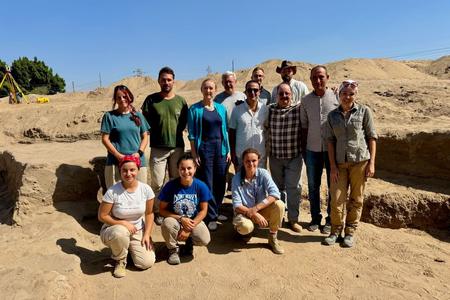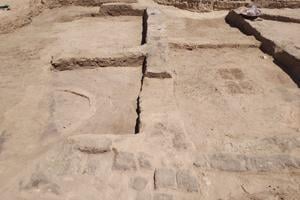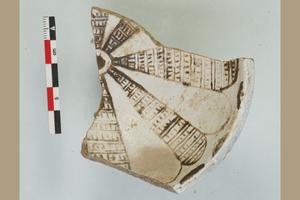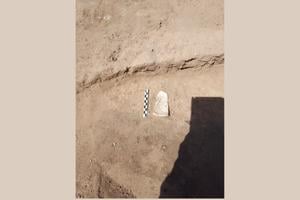The latest archaeological dig by a team of Slovak Egyptologists has unearthed a slew of interesting artefacts – and added to an ancient mystery.
The dig was the 15th carried out by Jozef Hudec and colleagues from the Institute of Oriental Studies at the Slovak Academy of Sciences at the Tell el-Retaba archaeological site on an ancient important route between the Nile delta and Sinai Peninsula.

To stay up to date with what scientists in Slovakia or Slovak scientists around the world are doing, subscribe to the Slovak Science newsletter, which will be sent to readers free of charge four times a year.
Mysterious black houses
During Pharaonic times, the site was part of a system of fortresses that protected Egypt from various Asian and Bedouin tribes. It also provided access to raw materials and water supplies. A joint Polish-Slovak mission that has been investigating the area since 2007 has already made finds dating back to the 18th century BC.
The architectural finds from settlements and burial sites uncovered during the latest dig date to the Second Intermediate Period (mid-18th – mid-16th century BC) and the early Eighteenth Dynasty (mid-16th – late 15th century BC).
One such find was a so-called "black house"- the fourth found at the site so far – and an extension to the third black house found more than 10 years ago.


 A dig site with finds from the Second Intermediate Period and the New Kingdom. (source: JOZEF HUDEC, Lenka Horáková)
A dig site with finds from the Second Intermediate Period and the New Kingdom. (source: JOZEF HUDEC, Lenka Horáková)


